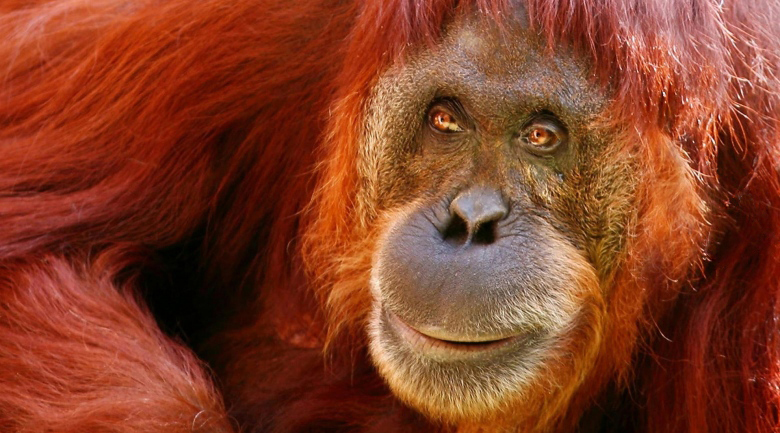
The animal world is full of different types of intelligence, from the simple bodily coordination of jellyfish to the navigation abilities of bees, the complex songs of birds, and the imaginative symbolic thought of humans.
In an article published this week in Proceedings of the Royal Society B, we argue the evolution of all these kinds of animal intelligence has been shaped by just five major changes in the computational capacity of brains.
The first intelligence transition was the development of animals with a nervous system. With this came a brain, and the capacity to combine information from different senses.
The second transition was to a centralized nervous system. With this came a brain, and the capacity to combine information from different senses.
A brain can be the master coordinator of the whole body, and this let new types of bodies evolve: bodies with specialized limbs and special sensory structures.
We see these very simple brains in modern worms, leeches, and tardigrades. With these brains animals can integrate senses, learn from sensory input, and coordinate and orient their movements. Simple brains transform sensory input to motor output. We can think of the information flow as a “Feed forward” from information to action.
The third transition was to more complex brains, specifically ones with feedback. The brilliance of bees-their ability to quickly learn different types of art, to recognize abstract concepts, and to navigate to goal locations-is all enabled by their recurrent brains.
The fourth transition is to brains constructed from multiple recurrent systems, each in recurrent connection to each other. We see brains like this in birds, dogs, reptiles, and fish. The same information can be used in multiple different ways at the same time, and relationships between different types of information can be recognized.
The fifth transition was to brains that can modify their own computational structure according to what is needed. A reflective brain can learn the best information flow for a specific task and modify how it processes information on the fly to complete the task in the fastest and most efficient way.
The human brain is reflective, and this capability has enabled our imagination, our thought processes, and our rich mental lives. Each of these transitions is a set of evolved changes in the structure of information flow through the nervous system. Our story describes five fundamentally different types of brain.
One is not better than another, each is just different. Different types of brains suit animals to different lifestyles, and support different types of animal minds. These five transitions help us make sense of our place among the stunning diversity of animal intelligences.
